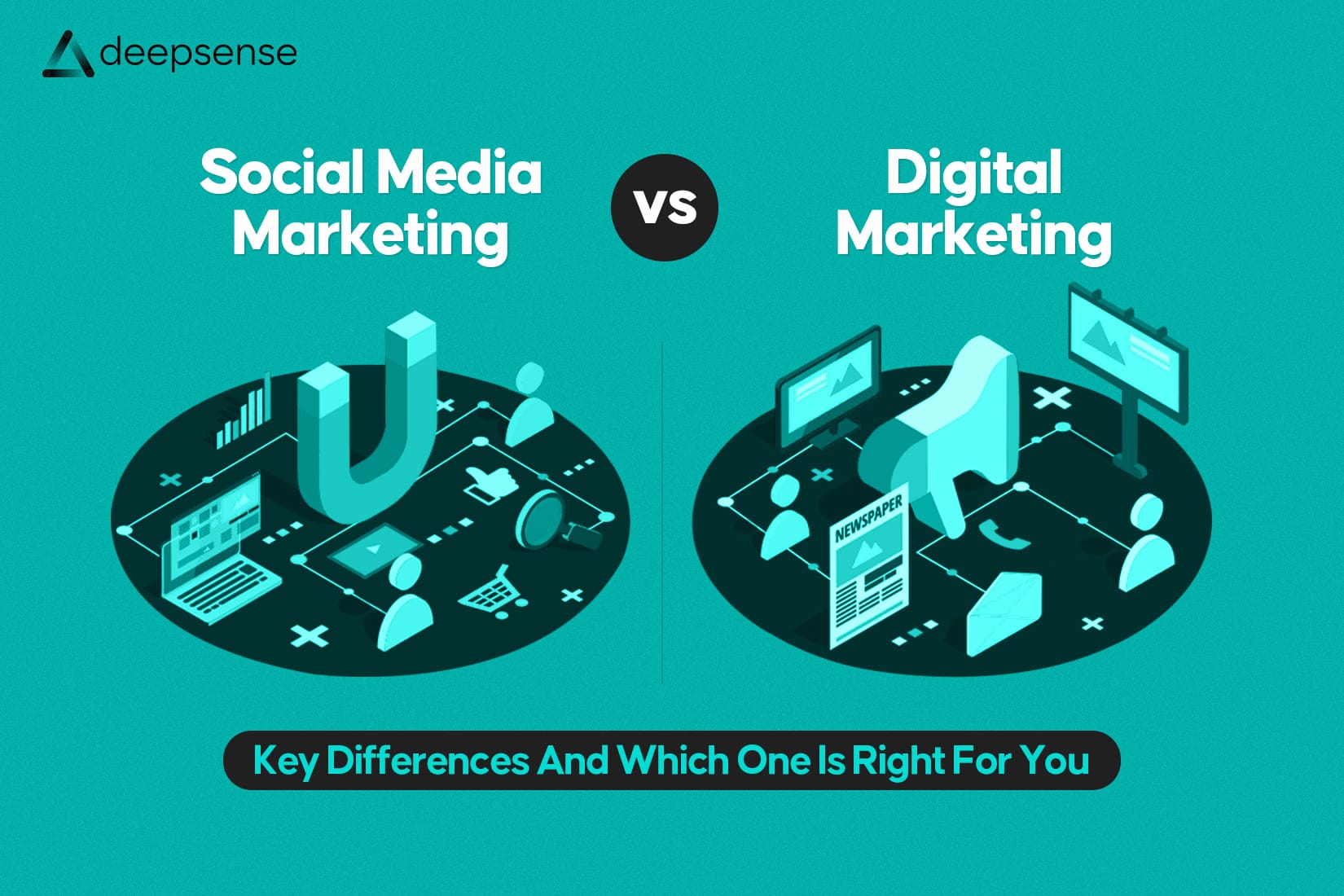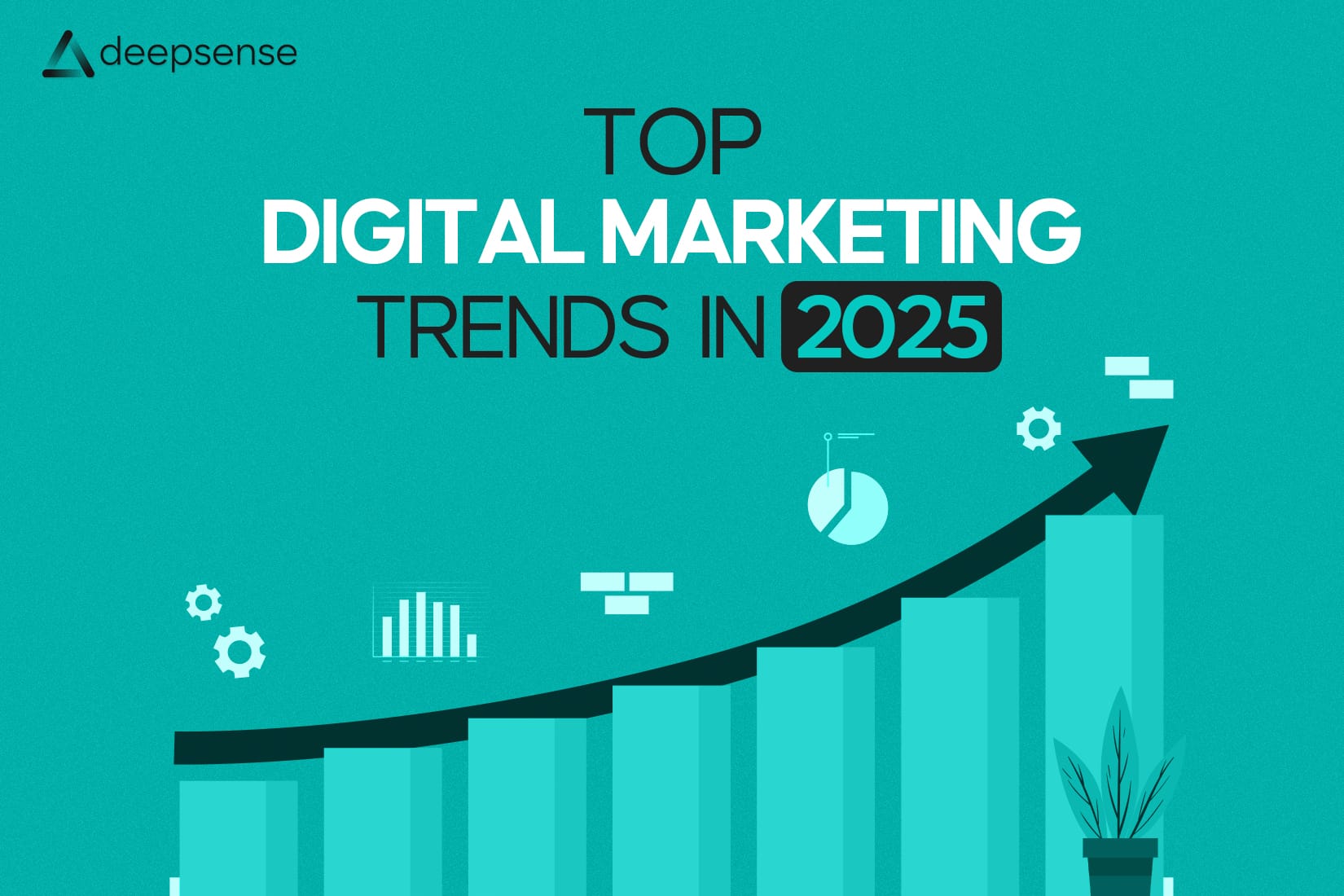Imagine this: You’re craving a hot cup of coffee and type “best coffee shop near me” into Google. Within seconds, a list of nearby cafés pops up, complete with ratings, photos, directions, and even special offers. Now, think about it, if your business doesn’t show up in that search, you’ve already lost a potential customer to a competitor who does.
That’s the power of Local SEO (Search Engine Optimization). It’s not just about ranking on Google, it’s about showing up exactly when your potential customers are searching for what you offer.
Let’s dive into how Local SEO works and how it can drive more customers to your business.
What is Local SEO, and Why Does it Matter?
Local SEO is the practice of optimizing your online presence to attract customers from a specific geographic area. Unlike traditional SEO that targets global or national searches, Local SEO zeroes in on your neighborhood, city, or region, making it vital for small and medium businesses that depend on foot traffic or local clientele.
In 2025, 76% of people who search for something nearby visit a business within 24 hours, and 28% of those searches lead to a purchase (Google data). If you’re not optimizing for local searches, you’re leaving money on the table.
How Local SEO Drives More Customers to Your Business
1. Google Business Profile = Your Digital Storefront
Your Google Business Profile (GBP) is often the first impression a customer gets. When optimized with accurate information (address, hours, contact, photos, reviews), it can drastically improve your chances of appearing in the “local pack” (the top 3 results with maps).
Example: If you run a salon, a well-maintained GBP can show your services, client reviews, and even allow bookings directly from search results.
2. Local Keyword Optimization = Being Found in the Right Searches
Using location-based keywords like “dentist in New York City” or “affordable catering services in Brooklyn” helps your business appear when customers are actively searching for what you provide.
Tip: Blend your city, neighborhood, or nearby landmarks with your services in your content.
3. Customer Reviews = Digital Word of Mouth
Did you know that 88% of customers trust online reviews as much as personal recommendations? Positive reviews not only build credibility but also improve your rankings in local searches.
Pro Tip: Don’t be shy about asking happy customers to leave a review, it makes a world of difference.
4. Mobile Optimization = Capturing On-the-Go Shoppers
Most local searches happen on mobile devices. If your website isn’t mobile-friendly, fast-loading, and easy to navigate, you risk losing customers.
Example: Imagine someone searching for “restaurants open now.” If your website loads slowly or is hard to read, they’ll move on to your competitor.
5. Localized Content = Building Community Trust
Creating blogs, videos, or guides that focus on your local area establishes authority and connection. For example, a fitness studio might write about “Top 5 Outdoor Workout Spots in Austin”. This not only boosts SEO but also shows you’re part of the local community.
6. Voice Search Optimization = Catering to Conversational Queries
With smart assistants like Siri, Alexa, and Google Assistant, more people are searching by voice. These queries are often conversational and local, like “Where’s the nearest bakery?”
Strategy: Optimize your content for long-tail, question-based keywords (e.g., “best bakery near Main Street”).
7. NAP Consistency = Building Trust with Search Engines
NAP stands for Name, Address, Phone Number. Consistency across your website, social media, directories, and listings is key. Inconsistencies confuse search engines and lower your local ranking.
The Direct Benefits of Local SEO
- Increased Foot Traffic – More people walking through your doors.
- Higher Online Visibility – Showing up in local search packs and maps.
- Improved Customer Trust – Reviews + accurate info = credibility.
- Better Conversion Rates – Local intent leads to faster decisions.
- Competitive Edge – Stand out against businesses that ignore Local SEO.
The Future of Local SEO (2025 and Beyond)
Local SEO is evolving. AI-driven search, hyper-local ads, AR maps, and personalization will shape how people find local businesses. Staying ahead means constantly updating your strategy, because if your customers are changing how they search, your business must adapt too.
Final Thoughts
Local SEO isn’t just a marketing tactic, it’s a growth engine for small and medium businesses. Whether you run a restaurant, boutique, salon, or consultancy, optimizing your presence for local searches ensures that you show up at the exact moment your customer needs you.
In today’s world, convenience wins. And Local SEO makes your business the convenient choice.
FAQs
1. What is Local SEO, and how is it different from traditional SEO?
Local SEO focuses on optimizing your business for location-based searches, ensuring that nearby customers can find you easily. Unlike traditional SEO, which targets a global or national audience, Local SEO zeroes in on people searching for products or services “near me” or within a specific geographic area.
2. Why is Local SEO important for small businesses?
Local SEO helps small businesses compete with bigger brands by appearing in front of people who are ready to buy and are physically close to their location. It ensures foot traffic, phone calls, and local inquiries increase.
3. How does Google My Business (GMB) affect Local SEO?
Google My Business is one of the most powerful tools for Local SEO. A complete and optimized GMB profile boosts your chances of appearing in the local pack (top 3 map results), builds credibility, and allows customers to find accurate information about your business quickly.
4. How long does it take to see results from Local SEO?
Local SEO is not instant, but businesses typically start seeing noticeable results within 3 to 6 months, depending on competition, consistency of updates, and optimization strategies used.
5. Do reviews really matter in Local SEO rankings?
Yes! Reviews play a huge role. Positive customer reviews improve trust, influence purchase decisions, and signal to Google that your business is credible and popular locally.
6. Is Local SEO only relevant for physical stores?
No. Even service-based businesses (like plumbers, consultants, or cleaning services) can benefit from Local SEO. As long as your services are tied to a geographic location, Local SEO will help customers in your area find you.
7. What role does mobile optimization play in Local SEO?
Most local searches happen on mobile devices. Having a mobile-friendly website improves user experience, reduces bounce rates, and helps you rank higher in Google’s local search results.
8. Can social media help improve Local SEO?
Indirectly, yes. While social media signals don’t directly affect rankings, consistent local engagement and customer interactions on platforms like Facebook or Instagram increase brand awareness, credibility, and website traffic, which strengthens Local SEO.
9. What are “local citations,” and why are they important?
Local citations are mentions of your business’s name, address, and phone number (NAP) across directories like Yelp, Yellow Pages, and industry-specific sites. Consistency in citations helps Google validate your business information and boosts local rankings.
10. How do I know if my Local SEO strategy is working?
You can track success by monitoring metrics like Google Maps rankings, local keyword rankings, calls from Google My Business, foot traffic, and website visits from local searches. Tools like Google Analytics and Google Search Console provide clear insights.











